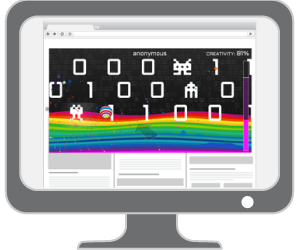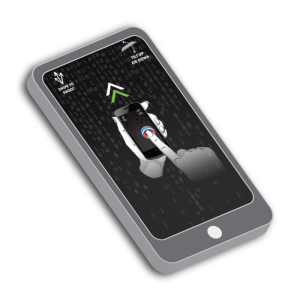One of my favorite examples (logrolling alert) was developed by my talented colleagues at Doubleclick (Scott Harmes - creative, Roberto Stocco - dev) in conjunction with Toaster Ltd. The tech is called 'Channel Connect' and basically creates a communications channel between a desktop advertisement (such as a Youtube masthead) and an HTML5 mobile site. It's not just limited to one user, so you can actually create an ad experience with multiple users competing/collaborating on the experience at the same time. I think it has a ton of potential and look forward to seeing how agencies push these executions going forward.
Have a play with the demo here or for more details read below (full post on Doubleclick Rich Media Gallery blog):
Dubbed ‘Channel Connect’, this new Rich Media feature enables you to create more ways for users to connect with your brand.

What is it?
Channel Connect is a new DoubleClick package of Flash components and JavaScript libraries used to establish a communication channel between a desktop advertisement and an HTML5 mobile site. The opened channel can be used to send any kind of information in either direction between a user’s mobile device and their desktop.

How can I use it?
Channel Connect turns a smartphone or tablet into a new input device, allowing users to interact with brand content more tactilely than a simple mouse. Any Rich Media ad can be enhanced by switching mouse-interactions to gestures: turn a user’s mobile into a game controller or graphics tablet for maximum active engagement.
On a separate note you'll notice that it uses a QR code to initiate the mobile part of the experience. That's definitely where most of the media bridging stuff falls down, so it's interesting to see Layar's announcement a few days ago that they're creating an easy way for publishers to turn standard print content into a simple augmented reality experience. Really interesting stuff...
